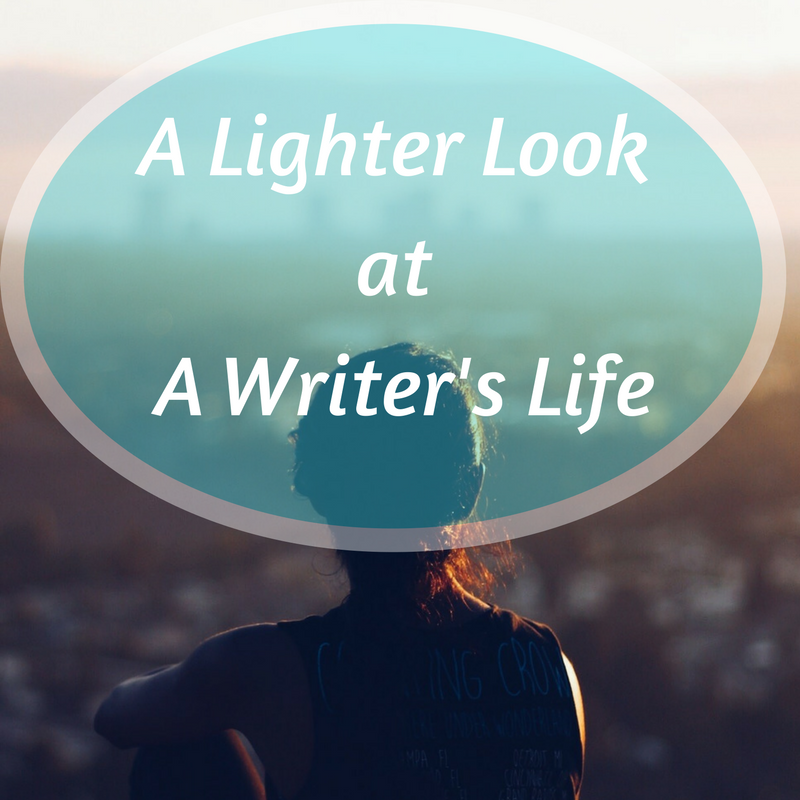
What’s YOUR Story?
A couple of months ago, I attended a storytelling festival in my old college town, and it was an…
December 3, 2024
A couple of months ago, I attended a storytelling festival in my old college town, and it was an…
December 3, 2024
It’s possible to write anywhere. Famous written works were written in a range of locations — from New York…
March 20, 2024
In 2001, I signed a contract to write four children’s science-fantasy adventure books with an impossible deadline. The contract…
September 22, 2023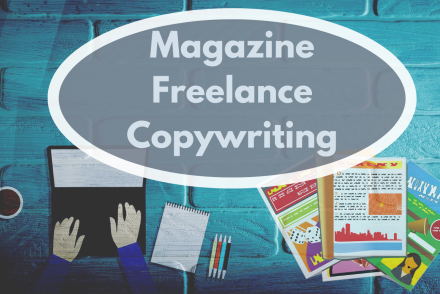
If you’re feeling uninspired and like nothing you write seems good anymore, you likely got a case of writer’s…
May 14, 2023
Writers Chat, hosted by Jean Wise, Johnnie Alexander, and Brandy Brow, is the show where we talk about all…
October 30, 2021
Writers Chat, hosted by Jean Wise, Johnnie Alexander, and Brandy Brow, is the show where we talk about all…
June 30, 2021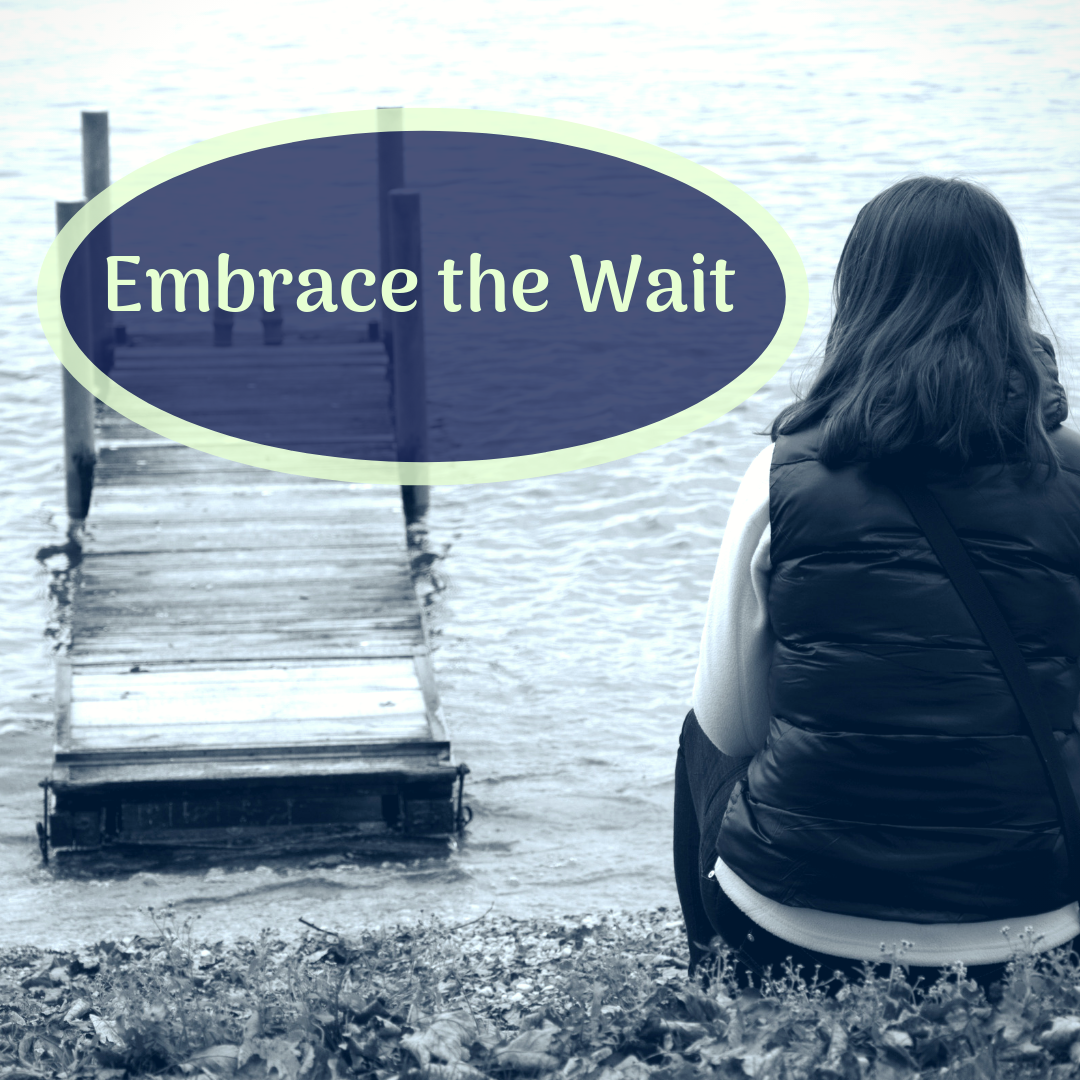
In this series of posts I’m interviewing writers who God has placed in my life to complete His divine…
February 5, 2021
I have a good friend who often says, “I’m going to be gone this week to a “write away.”…
October 14, 2020
Last month I was ready to go on a road trip, shut down my devices, and just vegetate for…
September 29, 2020
Do you want to take your creativity and problem-solving abilities to a new level? Diversify your inputs. Increasing the…
September 8, 2020
We’re all struggling in this craziness, but one thing is sure, we are writers! We push on and don’t…
August 25, 2020
These days, anyone who wants to write short stories of an unconventional bent has their pick of quirky venues…
August 13, 2020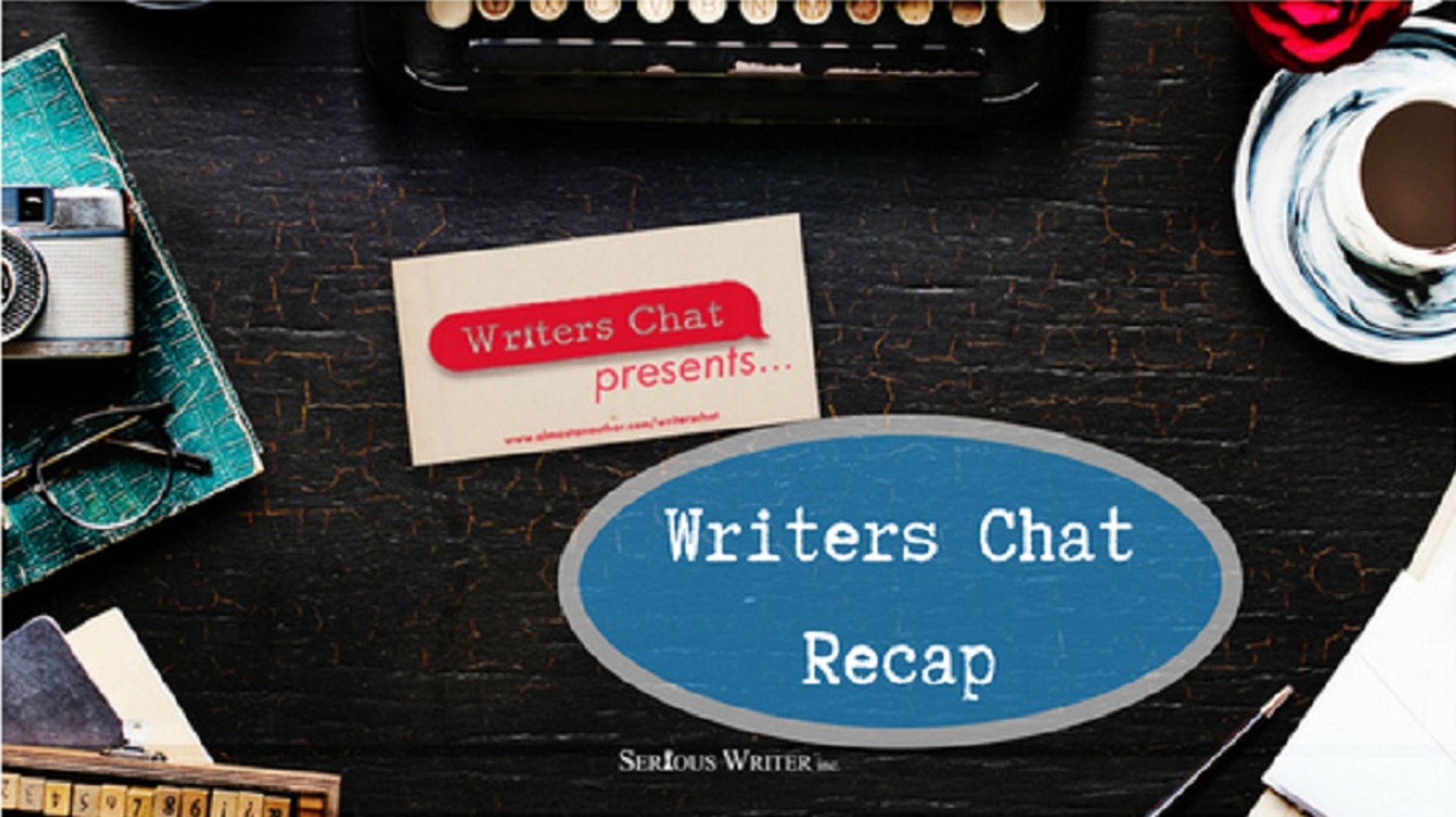
Writers Chat, hosted by Jean Wise, Johnnie Alexander, and Bethany Jett, is the show where we talk about all…
May 30, 2020
In January, I had the privilege of speaking about being a writer at a large private school near…
April 21, 2020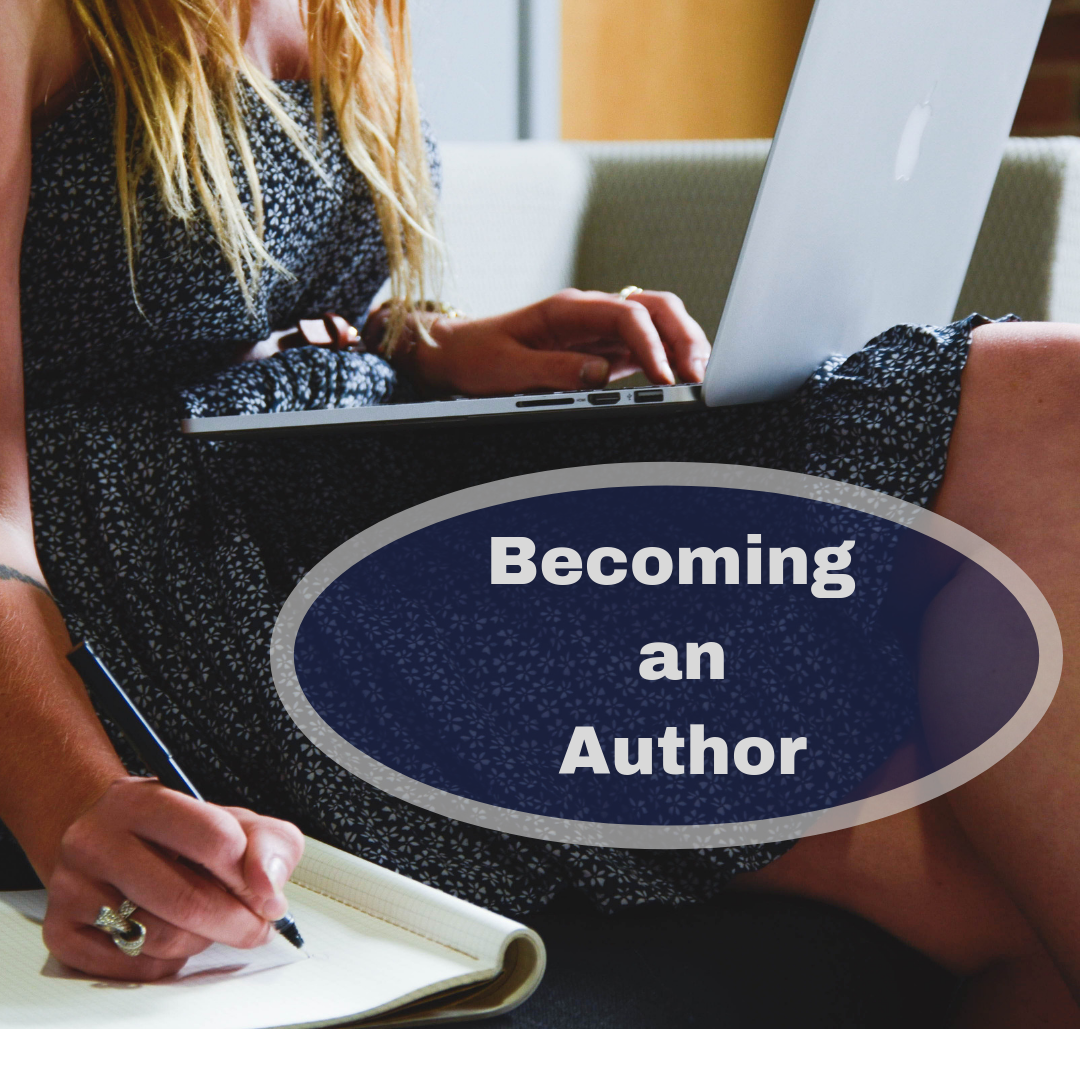
If you, like the rest of the world, have been stuck inside of your home because of the Coronavirus,…
April 9, 2020
During this busy season it can be difficult to find time for creativity. The left side of our brains…
December 5, 2019
My husband spoke to me tenderly—our gaze connected over the twinkling candlelight. In the background, the muffled hum of…
September 5, 2019
My story of a productivity struggle began when I started as a blog writer several years ago. At that…
February 19, 2019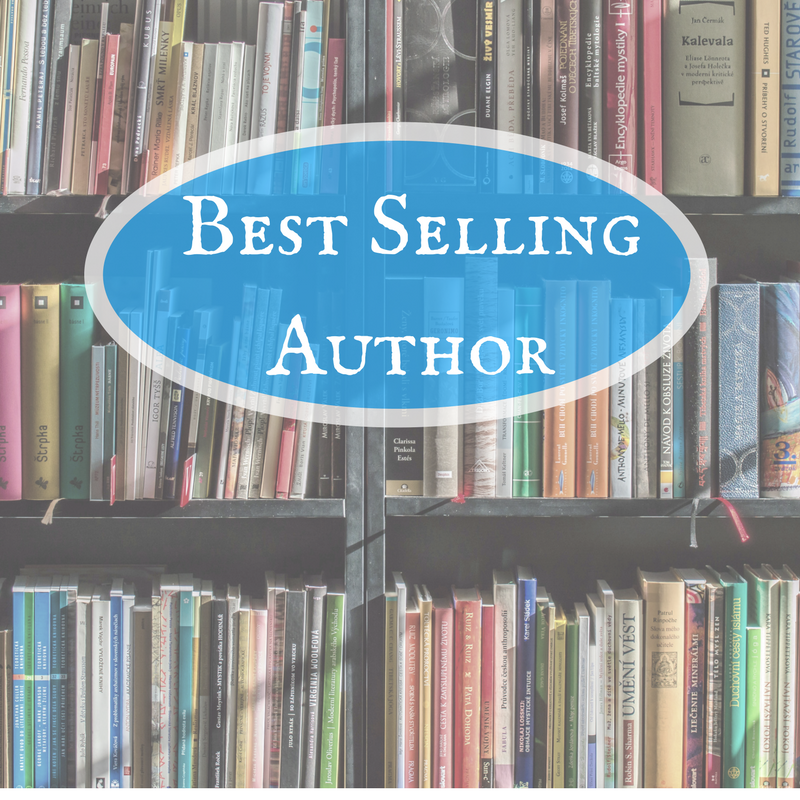
Can you share a little about your recent book? The Story of With is a roadmap for dreaming with…
October 1, 2018
Ever since I took my first journalism class in high school I’ve heard the age-old debate on how to…
June 29, 2018
We’ve spoken before about how little details can help color your storyworld. Societal habits, mating customs, dinner choices, and…
August 10, 2017
Where do you get your inspiration? For me, it can something as simple as a “what if” question to…
July 16, 2017
Magazine writing jobs sent straight to your inbox? Yes, it is true. I get them every morning. So how…
June 12, 2017
My husband and I recently spent a few days in Napa Valley. We stayed in a quaint Bed and…
May 20, 2017
Jim held a gray spheroid up to the light. “So Doc, you’re saying the sex of this alien was…
February 13, 2017